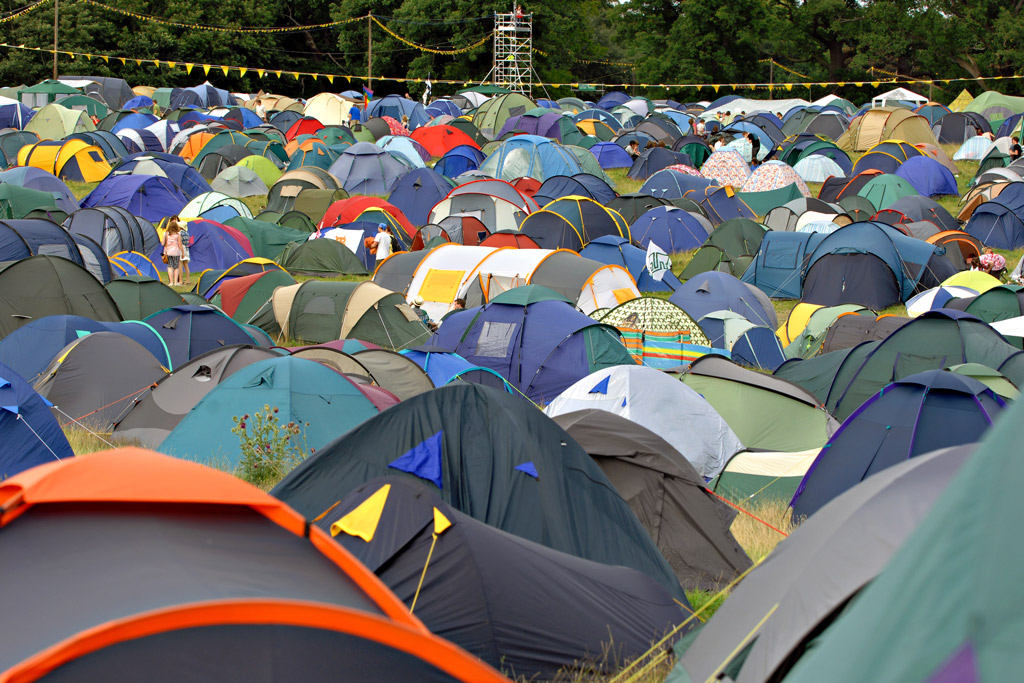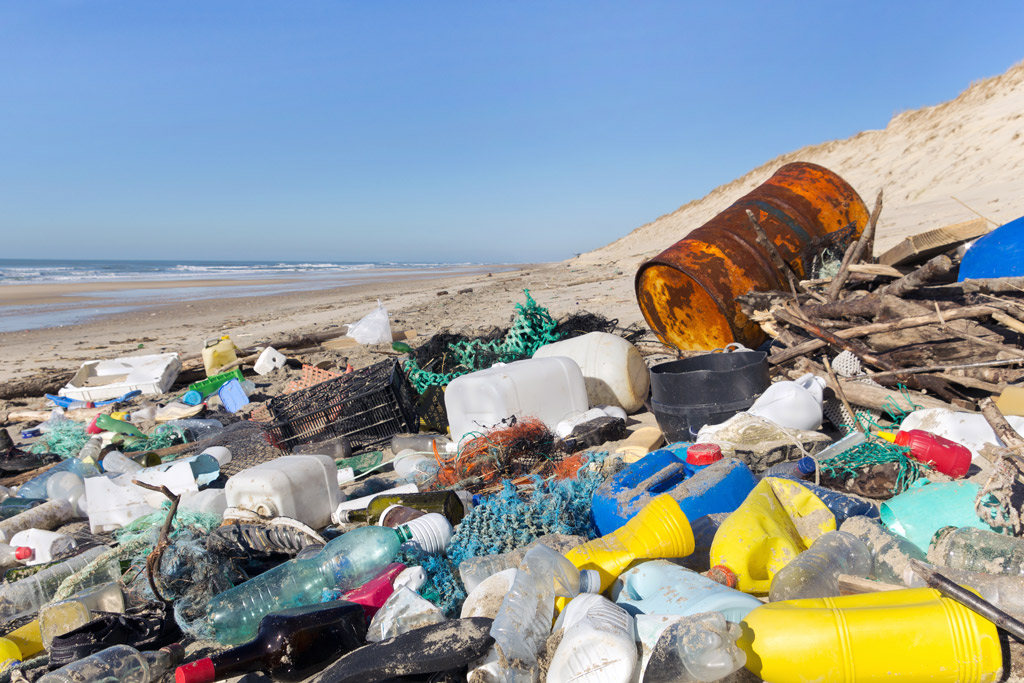Glastonbury Festival Bans Plastic Bottles
Glastonbury goes green
This post may contain affiliate links. Learn more
Glastonbury Festival has become renowned for the mountains of rubbish left in its wake, described by many as “apocalyptic”. This year, however, organisers are taking a stand, banning single use plastic bottles for the first time ever in a bid to reduce the detrimental effects caused by plastic pollution.

GettyImages
In 2016, festival-goers left 500,000 bags of rubbish and 1022 tons of recycling at Glastonbury Festival following days of partying, eating and drinking. While the festival recycles and composts where possible, single-use plastics can’t be recycled – and last year, visitors to the festival got through over a million plastic bottles. According to Greenpeace, 12.7m tonnes of plastic end up in the oceans every year globally.

GettyImages
“Obviously we are all fighting the fight against plastic, which is an enormous task but well overdue and we need to make steps in the right direction,” said Emily Eavis, co-organiser of the festival. “A vast amount of plastic bottles were gotten through and when you see images of the arena completely covered in old plastic bottles it’s quite haunting.”

GettyImages
Festival-goers will be encouraged to use a reusable water bottle, which they can refill at the free water taps dotted around the site. The number of WaterAid kiosks will be tripled, all bars on site will provide free drinking water, and canned water will be available to purchase. Organisers are keen to stress that the same rules will apply backstage, with reusable bottles and canned drinks available for performers.
In 2016, Glastonbury introduced its “Love The Farm, Leave No Trace” initiative, encouraging visitors to collect their litter and recycle where possible. They have also banned plastic cutlery and plates from food traders, and only paper straws are available on site.
Glastonbury Festival will take place this June, with confirmed acts including Stormzy, Kylie Minogue and Janelle Monae. Held in Somerset, the festival has run since 1970, taking a gap last year to allow the ground to recover.
